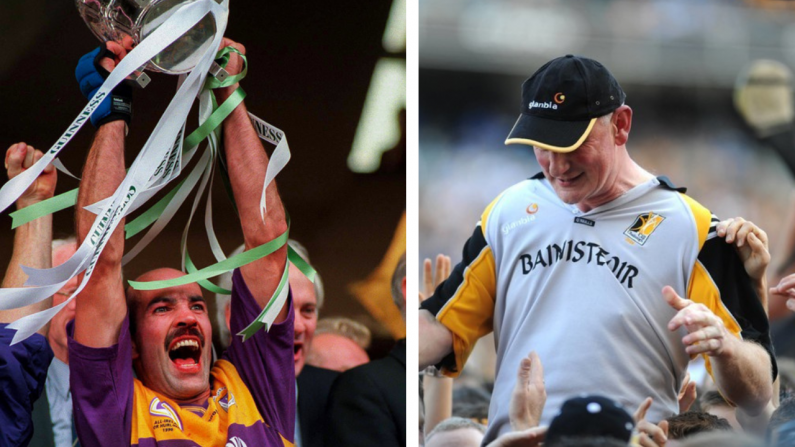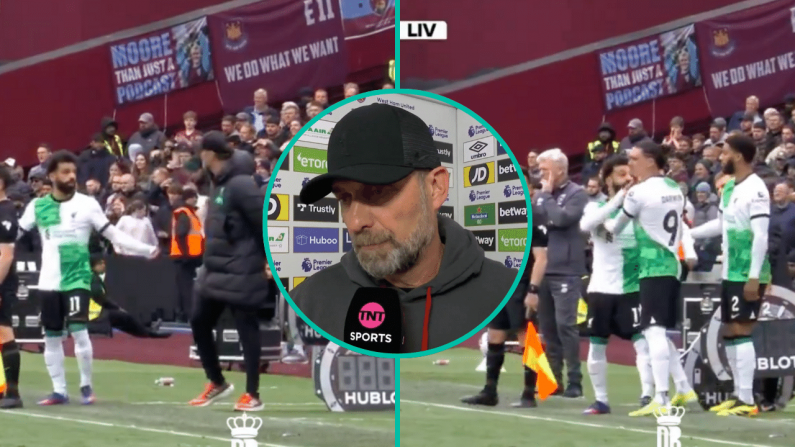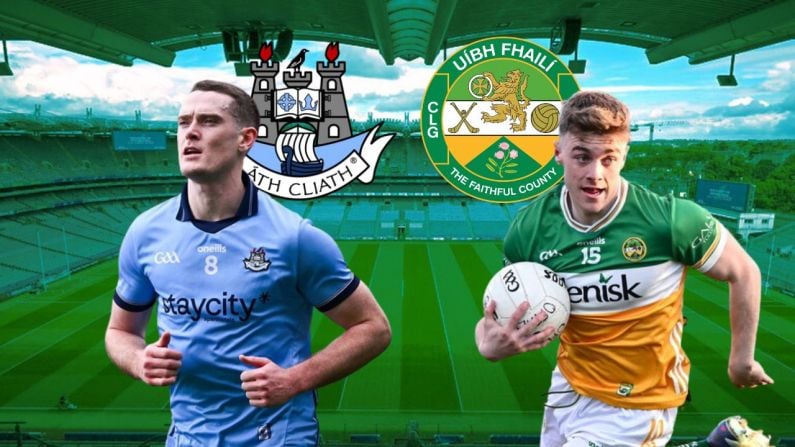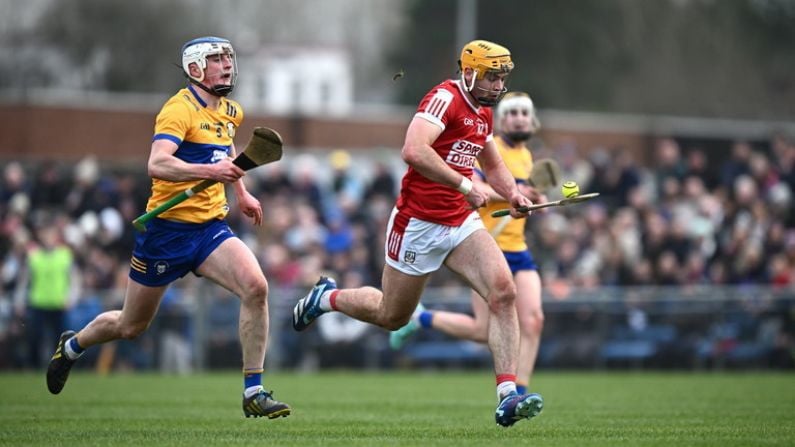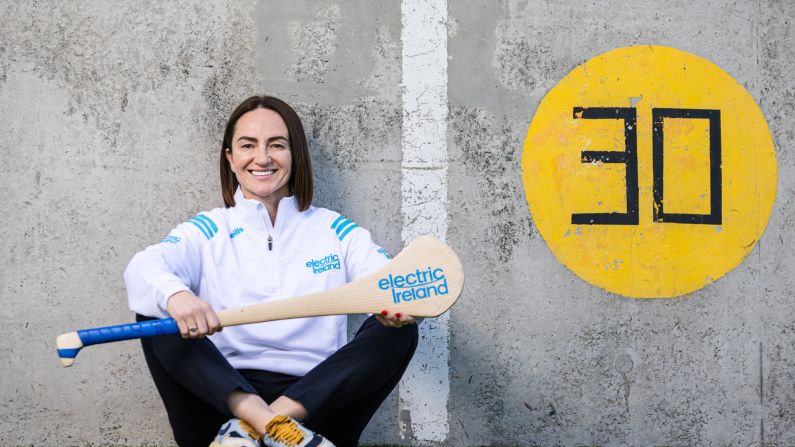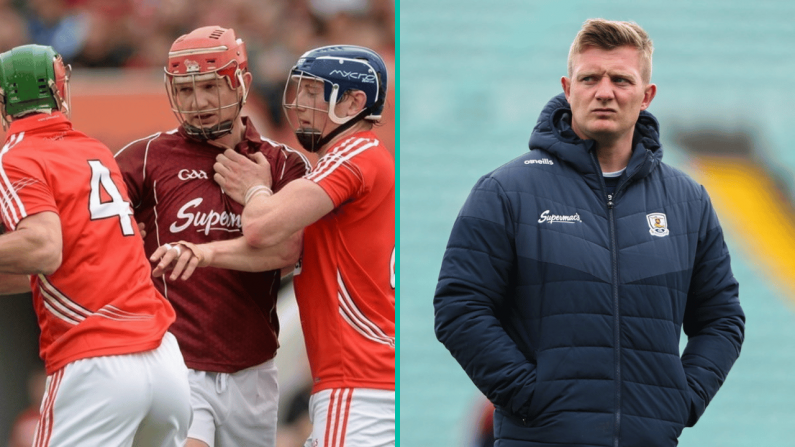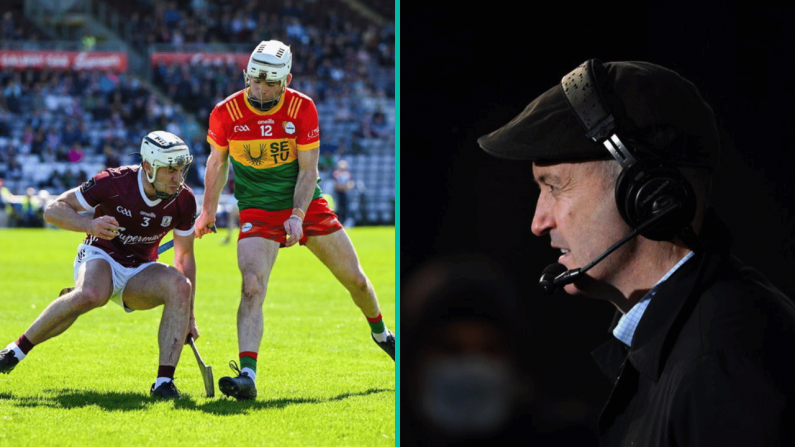A History of the GAA in 100 Objects tells the story of the GAA from a new perspective. Through objects, through the stuff we keep as a remainder and a reminder of Gaelic games: medals, jerseys, letters and match programmes, to name a few. Two of the objects were on my list before I ever set out to conduct the research: a cassette of Dancing at the Crossroads and Brian Cody’s cap. Two objects from a similar time frame and from places geographically close to each other but two objects that tell different stories and had different ways in how I tracked them down.
In 1996, the Wexford hurlers captured their first All-Ireland Senior title since 1968. Their championship journey was set to the soundtrack of The Wild Swans singing the upbeat song Dancing at the Crossroads. The song has stood the test of time and those opening notes on the piano accordion is a sure way to send Wexford hurling supporters as excited as Larry O’Gorman when he climbed the railings to celebrate with the crowd on Hill 16 at the final whistle. I’m one of those supporters and I even restrain myself from listening to the song excessively for fear I’ll get fed up of it and the magic will wear off. I hope it never does though.
The week before the final, I sat down in front of the radio with my sister and paused the cassette of Dancing at the Crossroads so that we could write down all of the lyrics, which I can still rattle off at the drop of a hat. The song made The Wild Swans gain nationwide popularity. Without a doubt, those cassettes were in most households in the county in 1996. Us Wexford people bought so many of them that it knocked the Spice Girls Wannabe off the top of the Irish charts. So you’d think it’d be a handy enough object to track down, right?
Wrong. I trawled through the small number of cassettes we still have at home with no success. Naturally, I blamed my Kilkenny mother who has no problem hoarding the newspapers from their fifty five thousand All-Ireland title wins in living memory but couldn’t let the Wexford crowd have a moment of glory. But what probably happened was that the cassette was a casualty of the ‘sure that won’t be used again’ attitude during a spring clean of our childhood bedrooms.
£3.49 in Whites Music of Wexford Town
I began texting the usual Wexford reliables in my contacts to enquire if they were more precious over the cassette tape than I was. I was met with responses of ‘I’ll ask Mammy’ and ‘I’ll check the attic’. Time was ticking and book deadlines loomed so I emailed South East Radio hoping that surely they would house some cassettes in their archives. No joy. I even emailed the Wild Swans themselves but eventually, I sourced one from my cousins who ‘never get rid of ANYTHING’ from their house. Found in a box of newspapers and match day programmes from 1996, the cassette still has the price sticker on the back – £3.49 in Whites Music of Wexford Town. They found three cassettes among their 1996 memorabilia. No wonder it stayed at number one in the charts for two weeks.
Dancing at the Crossroads is still played in many pubs and venues, especially during the height of the championship season. In 2014, PJ O’Brien’s, an Irish pub in Sydney, removed the song from their jukebox due to the uncontrollable behaviour that it caused whenever it was played. A petition circulated on Facebook and the song was soon reinstated to the pub jukebox, demonstrating how it continues to inspire a state of excitement and nostalgia for a special time in Wexford GAA history.
The Wexford hurlers haven’t reached the pinnacle of hurling since 1996. One man that stood in the way and burst the purple and gold bubble on many occasions is Brian Cody. The most successful hurling manager in history, Cody oversaw Kilkenny dominating the hurling landscape for many years. While players came and went, records were broken and trophies were lifted and returned, one object that was ever present in Cody’s management career was his baseball cap. When patrolling the sidelines, his cap became the most immediately visible part of his attire.

4 September 2011; Kilkenny manager Brian Cody during the final minutes of the game. GAA Hurling All-Ireland Senior Championship Final, Kilkenny v Tipperary, Croke Park, Dublin. Photo by Sportsfile
Cody himself likens the necessity of his baseball cap to hurlers wearing their helmets. When I put a request to Kilkenny County Board that I wanted to make contact with Brian Cody for research for the book, they were very obliging, as was Cody himself. And to be honest, I was raging. Wexford’s sworn enemies were sound. How could I have hostility for a county who were so accommodating to me, a stranger with a bizarre request to speak to one of hurling’s greatest about his cap of all things? Things change when the whistle sounds and the ball is thrown in. All those friendly encounters go out the window and all that matters is hurling.
Two stories: a cassette and a baseball cap. There are multiples of both objects and yet they are rare in their own way, yielding insights into the changing history of the GAA. Cody has hung up his Glanbia cap and Wexford are still hung up on that damn song.
A History of the GAA in 100 Objects by Siobhán Doyle is on sale at all good bookshops

